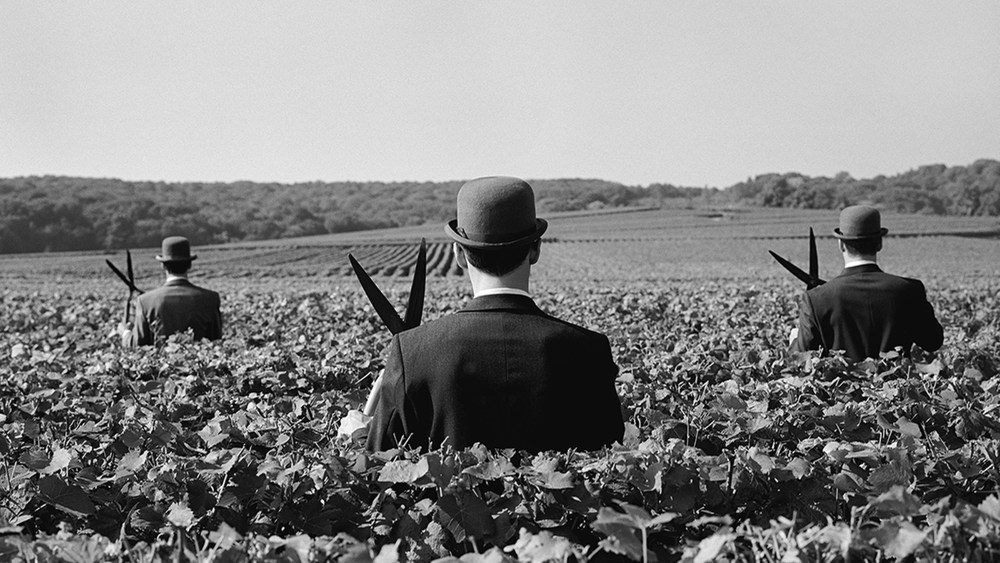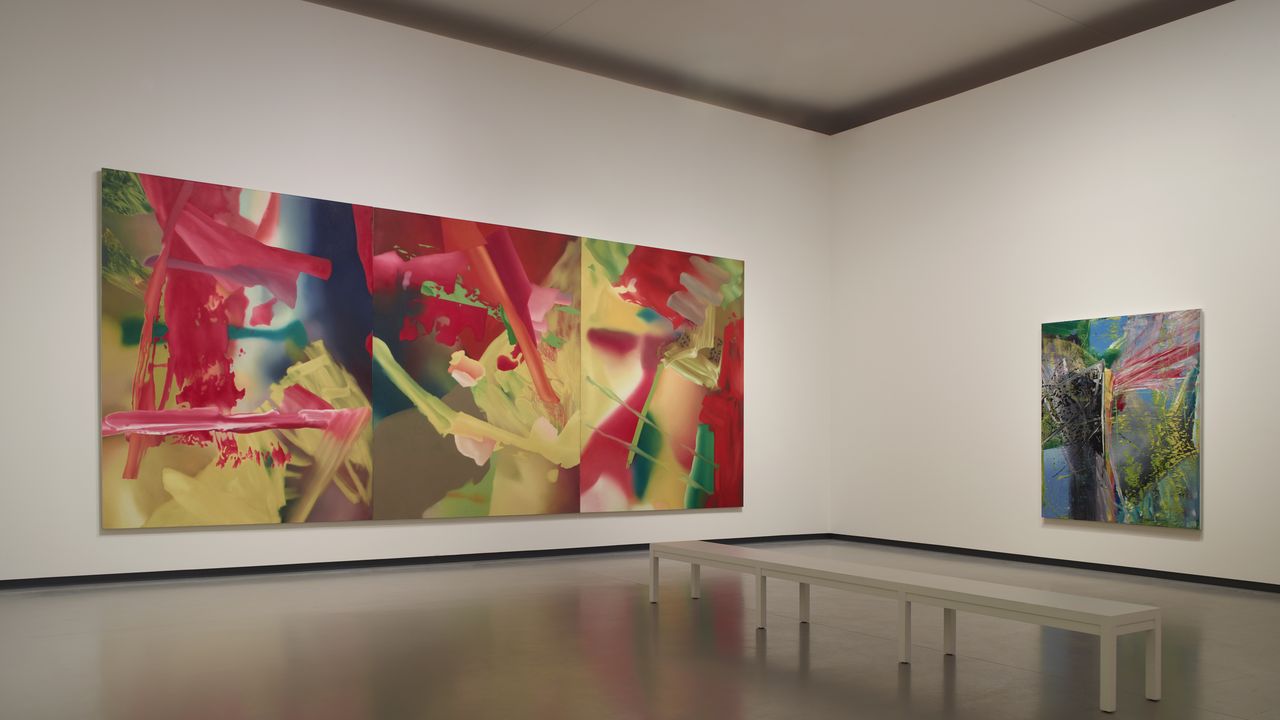
Ten years after the death of the photographer Rodney Smith, his work is the focus of two exhibitions, and Rizzoli will release a book about his extensive career next month.
“Rodney Smith: Photography between real and surreal” is on view at Palazzo Roverella in Rovigo, Italy, until Feb. 1, and Rizzoli will celebrate the Silvana Editoriale-published book by the same name that explores his 45-year career with a Nov. 7 event in its New York store. In addition, “Surreal: Rodney Smith” opens on Oct. 29 at Museo Franz Mayer in Mexico City, and will run through March 15.
The New York-born photographer died at the age of 68 in 2016. Smith once described his work this way: “Today, a great deal of Western culture is rooted in remoteness, anger, alienation and squalor. I want people to see the beauty and whimsy in life, not its ugliness. I feel the need to reach out for its soul, its depth, and its underlying beauty. I represent a world that is possible if people act their best. It’s a world that’s slightly beyond reach, beyond everyday experience, but it’s definitely not impossible.”
During a joint interview, Smith’s wife Leslie Smolan and the shows’ curator Anne Morin, who is director of diChroma Photography, discussed the relevance and impact of Smith’s work today. In these AI-idled times, Smith’s meticulously crafted cinematic and dream-like shots were created without any retouching. His mastery at illusion calls into question what is real and surreal, and paradoxical, with everything being done with “just a whisper. There’s a secret behind every single picture and you have to figure out the secret,” Morin said.
With the surrealist qualities similar to Rene Magritte and the use of light that evokes a certain stillness associated with Edward Hopper, Smith’s technical practice was a quest for absolute perfection, his wife said. While the pictures have a familiarity due to having been shot on film and their photojournalistic DNA of a location and a subject, “Here, they feel otherworldly. It doesn’t look like anybody else’s work. That’s what makes it so original,” Smolan said.

Rodney Smith, Don Jumping Over Hay Roll no. 1, Monkton, Maryland.
Courtesy of the Rodney Smith Estate
However organized Smith’s images might appear to be in their composition and symmetry, spontaneity was essential and his work was very much like improv, his wife said. “He would find a location and have all of the ingredients on set. And then he would just play. Nothing was rehearsed. There were no Polaroids [for test shots.] It was in the moment, literally using his intuition and emotional intelligence, not just his intellectual intelligence, but he used his total instinct to decide what the image was.”
Through diChroma, Morin works with some of the leading photographers like Sally Mann and Steve McCurry and the archives of other greats like Horst P. Horst, Vivian Maier, Ruth Orkin and Mary Ellen Mark. Smolan praised Morin’s curatorial skills and her “ability to bring a new perspective to many photographers that people think they know.”
From Morin’s perspective, Smith was not a fashion photographer and restricting him to that moniker offers a “narrow vision” of his work. His library, which includes books about literature and art, are indicators of his many interests, according to Morin. Given how much time has passed since his death, she said that now seemed to be a good time to showcase his work, “to raise it up with a new vision and breathe fresh air into it.” Morin added, “Rodney’s work opens up to a new understanding of reality. In that sense, he is very close to the Surrealists, who used photography to go further.”
Smith studied theology in order to become a photographer, because “he felt that he had to have something to say about the world,” his wife said. While earning a graduate degree in theology at Yale University, Smith studied under the highly regarded photographer Walker Evans. “Photography was the mechanism for him to live his life, to experience others and to engage with the world. His camera gave him permission to do that.”
Akin to the philosopher Baruch Spinoza’s ideology, the perfection in the composition of Smith’s images rests in his having that similarly Geometric Order in his mind with the intention of getting closer to God, Molin said. While Smith’s images are beautiful at first glance, Molin said if you look closer you will “go through the mirror and time to another space. You really have to force yourself to overexpose your vision to really see Rodney Smith’s pictures. It’s like he’s taking your hand and bringing you to another world,” she said.

Rodney Smith, Caroline Running Through Doorway, Monkton, Maryland.
Courtesy of the Rodney Smith Estate
Morin suggested that in some ways, he was trying to reach God. “My concept is that he is using photography as perfection to escape the world of human beings,” she said.
That spiritual desire motivated the lensman, Smolan said. “It’s interesting because his photographs are so bold, beautiful and simple. The truth is he was very fearful as a person. His photographs were a way to project the world that he wanted to live in. Photography also got him out into the world. It gave him permission to go out, to interact with people and find out, who he was.”
All in all, Smith saw himself as an artist and he often said as much, according to his wife. “He always said, ‘My allegiance is always to the picture and whoever hired me to do the picture,’” she said.
#Photographer #Rodney #Smiths #Ethereal #Work #Highlighted #Exhibits #Book








